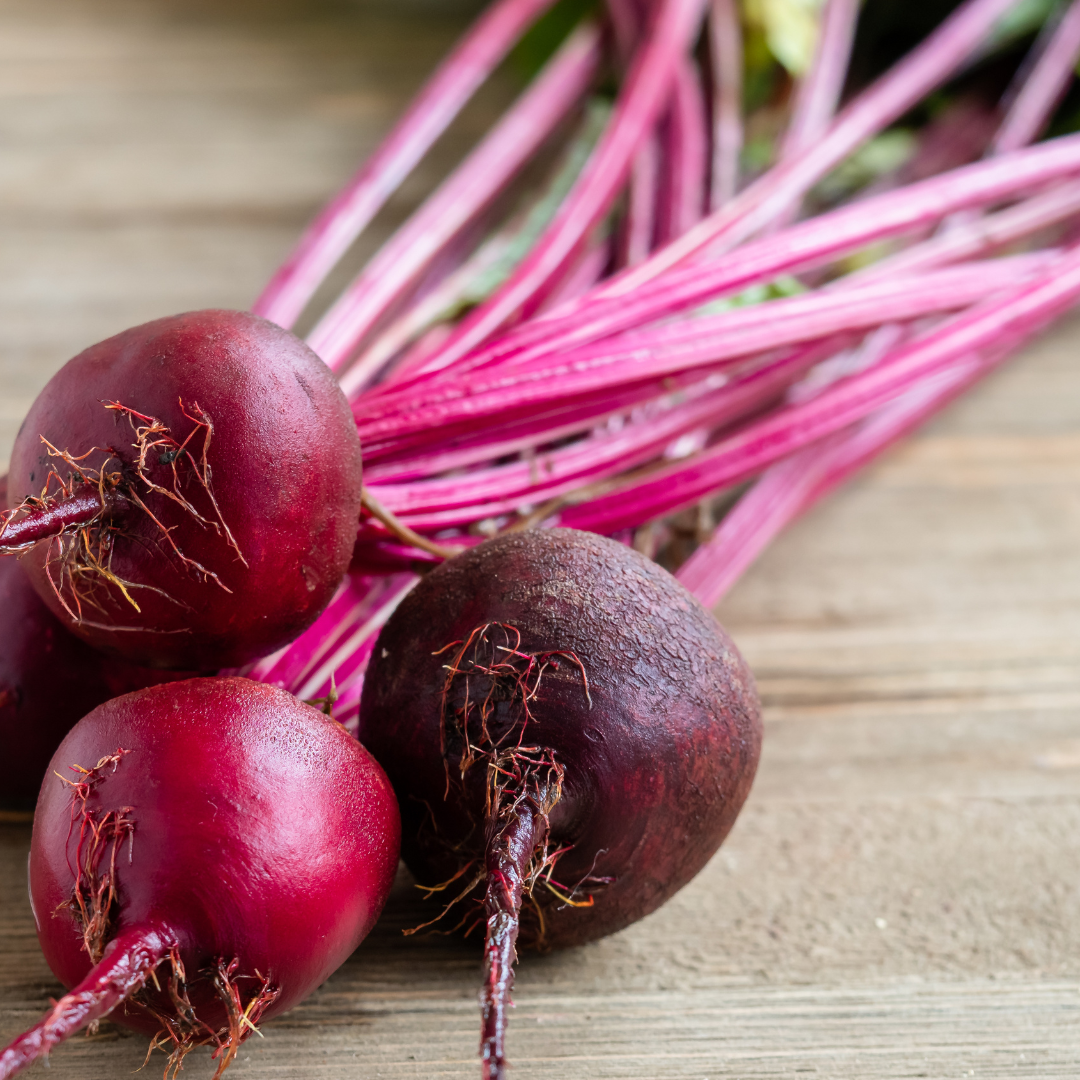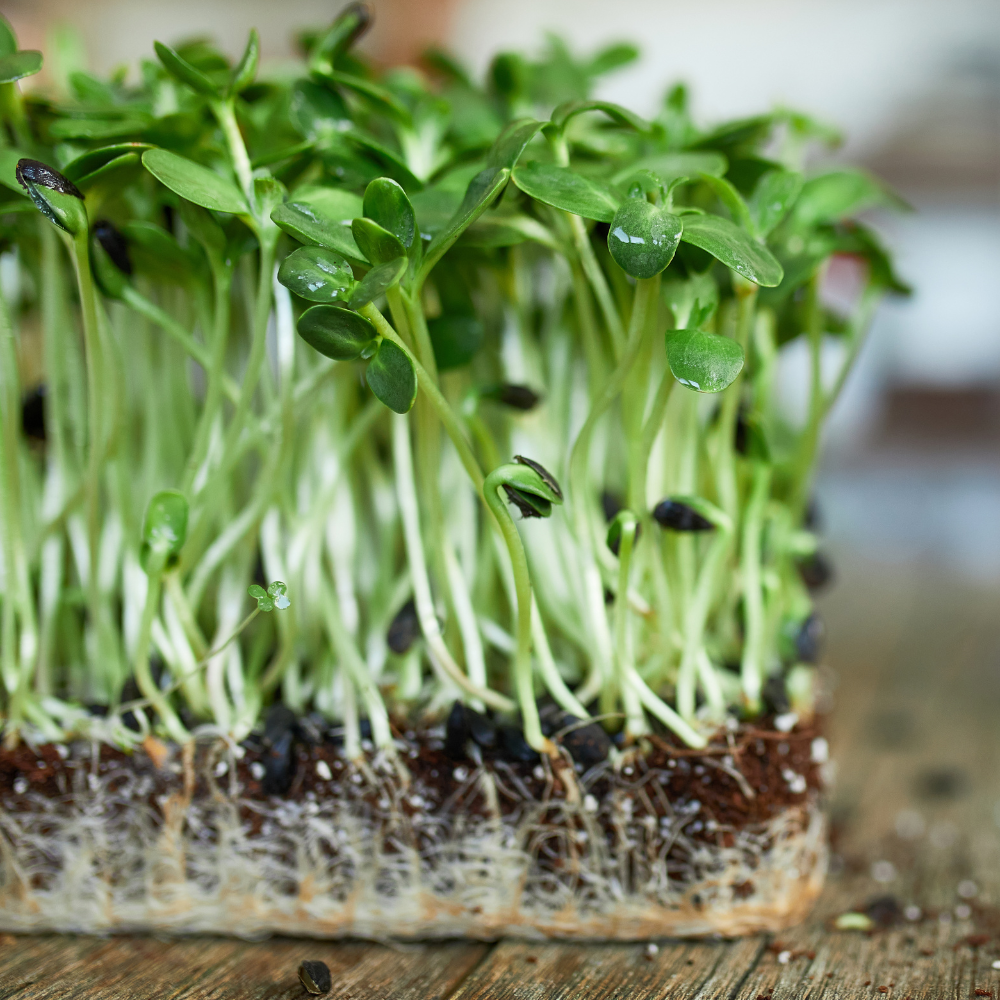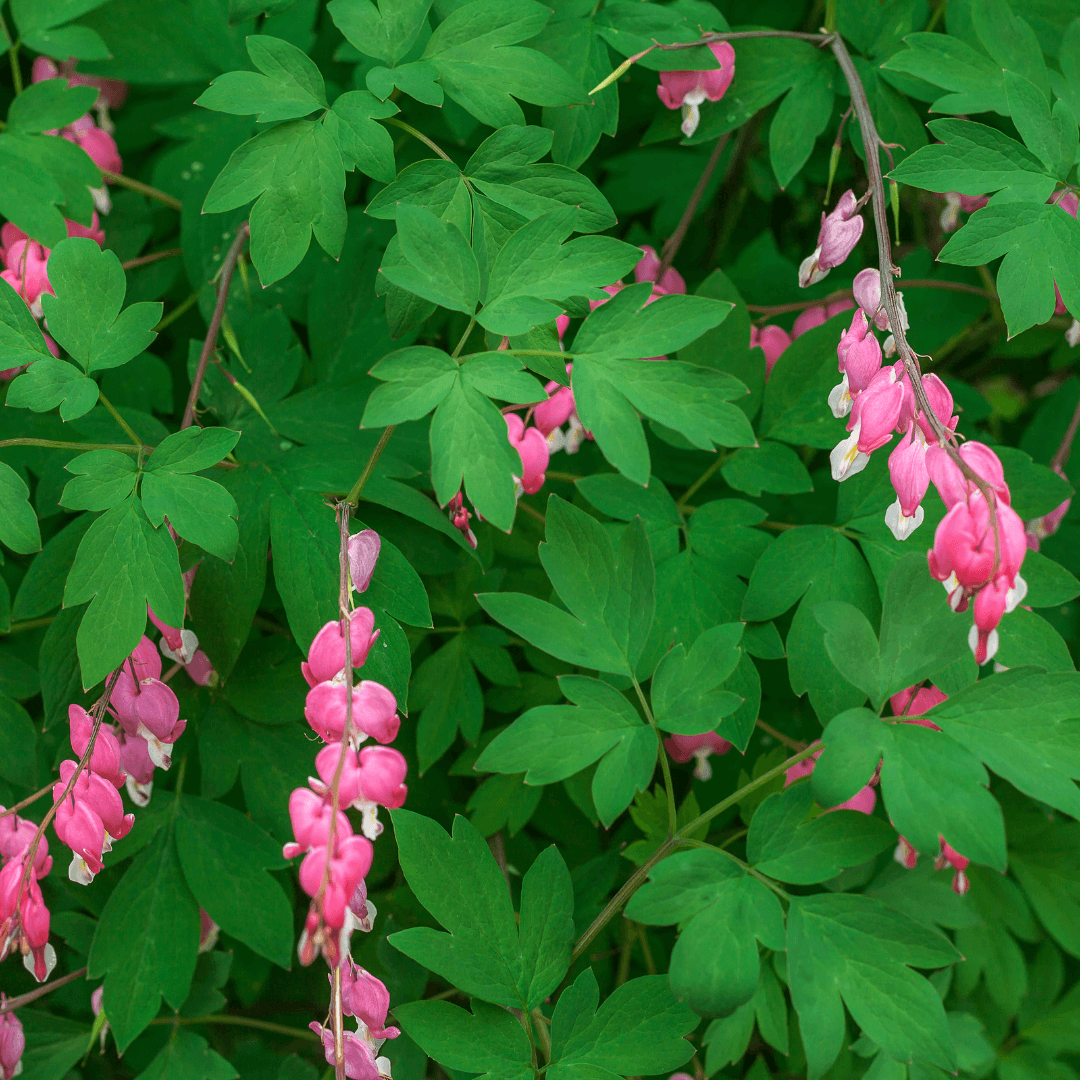Do you love growing beets in your garden? If so, you should consider companion planting for your beet crop. Companion planting is a gardening technique where plants are grown close together to complement each other and offer benefits like pest control and improved soil quality. The best beet companion plants might surprise you.
In the case of beets, companion planting can enhance their growth and productivity while reducing the likelihood of disease or insect damage. By choosing the right companions, beet growers can create a mutually beneficial ecosystem within their garden beds.
What is Beet Companion Planting?
Companion planting involves intentionally pairing plants that share resources and benefit one another. Certain plant combinations can help improve soil quality, attract beneficial insects, repel pests, and enhance flavor or nutrient content.
For instance, some companions may provide shade or wind protection to delicate crops like beets. Meanwhile, others may secrete compounds that deter harmful pests from snacking on tender beet leaves or roots.
Beet Seeds For Planting | 5 Variety Pack

$9.95
The Ultimate Beet Seed Pack - 5 Heirloom, Non-GMO Beet Varieties Introducing our premium 5 Beet Seeds Variety Pack, a must-have for any gardener looking to grow a diverse and colorful beet harvest! These heirloom beet seeds are carefully curated… read more
Why is Companion Planting Important for Beets?
Beet companion planting offers a range of benefits for this
root vegetable crop. Companion planting can be accomplished by using
garden seeds or garden seedlings. First, interspersing beets with compatible companions can help boost yields by providing extra nutrients or protecting against diseases and
pests. Some companion plants also act as natural pest repellents by producing chemicals or scents that discourage harmful insects from feeding on nearby crops.
This protects the
beet plants and reduces the need for harmful chemical pesticides that can harm the environment. Companion planting is worth exploring only if you want healthier and more productive beet plants in your garden while minimizing environmental hazards!
Best Beet Companion Plants
Carrots: Soil Buddies and Pest Deterrents
Beets and
carrots are a match made in heaven to companion planting. Not only do they have similar soil requirements, but they also complement each other's growth. As beets grow deep into the soil, they loosen it up for carrots, which grow shallower roots.
In turn, the carrot roots help break up any compacted soil that could impede beetroot growth. Carrots are also great at deterring pests from your beet patch.
Carrot flies are notorious for destroying young beet plants, but they're not so keen on the smell of their carrot companions. Plus,
carrot flies can be confused by the scent of growing carrots and may not be able to locate your beet plants as easily.
Onions: Pest Repellers and Soil Boosters
Onions have been used as a natural pest repellent for centuries. They contain sulfur compounds unappealing to many garden pests, including aphids and flea beetles that often plague beets.
Planting onions around your beet patch can help keep these pests away. But onions also offer another benefit - improving soil quality.
Onions absorb nutrients from the soil and store them in their bulbs while releasing sulfur compounds into the surrounding earth as they grow and er on. This process helps reduce fungal diseases in the soil while increasing its overall nutrient content, both necessary for healthy beet growth.
Onion Seed Assortment | 8 Variety Pack

$15.95
Complete Onion Seeds Collection: 8 Non-Hybrid, Heirloom, Non-GMO Seed Varieties Introducing our 8 Onion Seeds Variety Pack – the perfect collection for home gardeners, chefs, and onion enthusiasts looking to grow a diverse range of flavorful onions! Each variety in… read more
Garlic: Pungent Pests Repeller with Soil Improvement
Like onions, garlic is an excellent pest repeller due to its strong scent that deters many common garden insects, such as aphids and spider mites, from feasting on your beets' beautiful leaves or roots. But what makes garlic even more valuable beet companions is its soil-improving properties. It contains sulfur and other nutrients that help reduce soil-borne pests and diseases and healthy root growth in both the beet and garlic plants.
Lettuce: Shade Providers and Moisture Preservers
Lettuce is not typically considered a companion plant for beets, but it offers an essential benefit to your beet patch that should not be overlooked – shade. Beets thrive in cool soil temperatures, so growing tall
lettuce varieties around your beets can provide them with much-needed relief from the hot sun during the summer months.
In addition to providing shade, it helps retain moisture in the soil by acting as living mulch. Lettuce leaves help prevent moisture evaporation from water from the soil beneath them by blocking direct sunlight while adding organic matter to the soil over time. When planted together, carrots, onions, garlic, and lettuce bring unique benefits to your beet garden. Consider these plants' strong points when planning your next garden plot or creating a new companion planting scheme within an existing one.
Worst Companion Plants for Beets
When it comes to companion planting, not all plants are created equal.
While some plants can benefit and enhance the growth of beets, others can hinder them. Here are two of the worst companion plants for beets:
Pole Beans: Compete for Nutrients and Water and Stunt Beet Growth
Pole beans and beets might seem like a good match since they both grow tall but compete for soil nutrients and water soil. This competition can stunt the growth of beets and lead to smaller yields.
Pole beans have a high nitrogen-fixing capacity, which means they absorb large amounts of nitrogen from the soil. However, this can lead to an imbalance in soil nutrients, negatively affecting beet growth.
If you want to grow pole beans in your garden alongside beets, consider planting them in separate areas or at different times.
Another option is to
plant low-growing varieties of beans that won't compete with beets for resources. In any case, keeping an eye on soil moisture levels and nutrient balance throughout the growing season is important.
Lettuce Seed Assortment | 5 Variety Pack

$9.95
Grow Fresh Greens Year-Round with Our 5 Lettuce Seeds Variety Pack - Heirloom, Non-GMO, Perfect for Outdoor & Indoor Gardening Introducing our 5 Lettuce Seeds Variety Pack – the perfect addition to your garden, whether you’re a seasoned grower or… read more
Mustard Greens: Attract Flea Beetles, A Common Pest of Beets
Although mustard greens are often recommended as a companion plant for many other vegetables due to their ability to repel pests with their strong scent, they're not ideal companions for beets.
Mustard greens attract
flea beetles which are common pests of beet plants. These tiny black bugs feed on beets, leaving unsightly holes that weaken the plants over time.
You can use sticky traps, row covers, or insecticidal pests. Alternatively, plant other insect-repelling herbs and flowers like
marigold flowers or
chives.
Knowing which plants to avoid as companions for your beets is just as important as knowing which plants to grow alongside them. Avoiding pole beans and mustard greens can help ensure that your beet crop thrives and produces a bountiful harvest.
How to plant beet companions effectively
When planting beet companions, it's important to consider the spacing and placement of each plant. You want to place your companion plants close enough to the beets so that they can provide benefits such as pest control and soil improvement but not too tight that they compete for resources like water and nutrients.
One effective method intercropping, where you alternate rows or groups of beets with their companion plants. This allows for a diverse mix of plants in a small space, maximizing the benefits of companion planting.
Another strategy is border planting, which surrounds your beet bed with companion plants. This can help create a barrier against pests and weed growth, providing shade and nutrient cycling.
The benefits of intercropping with beets
Intercropping with beets has many benefits beyond just companion planting. It can increase yield by utilizing space more efficiently and reducing resource competitiveness between neighboring plants. Additionally, intercropping can help improve soil health by increasing biodiversity and promoting nutrient cycling.
For example, legumes like
peas or beans add nitrogen to the soil, which beets need for healthy growth. Intercropping also has environmental benefits, like conserving water usage by creating a microclimate around the plants that reduces evaporation rates.
How to use companion planting to control weeds in your beet garden
Companion planting can also aid in weed control in your beet garden by utilizing certain plants' ability to suppress weeds. For example, crops like clover or buckwheat provide dense ground cover that blocks sunlight from reaching weed seeds in the soil. You can also use allelopathy - when one plant releases chemicals that inhibit another's growth - to your advantage.
Plants like
marigolds release compounds that deter nematodes, microscopic worms that can harm beets, and other garden plants. Combining companion planting with other weed control methods like mulching or hand weeding keeps weeds at bay without relying on harmful chemicals.
Vegetable Seed Vault Kit | 35 Variety Pack

$29.95
$49.95
Ultimate Survival Seed Vault: 16,000+ Non-GMO Heirloom Vegetable Seeds for Emergency Preparedness Introducing the Seed Vault Kit, your all-in-one solution for emergency preparedness and sustainable gardening. This premium seed kit contains over 16,000 non-GMO, Heirloom, Non-Hybrid, and Open Pollinated seeds,… read more
Rarely Known Small Details
Companion planting and beneficial insects
Regarding companion planting, many gardeners focus on improving soil quality and deterring pests. However, a lesser-known benefit of companion planting is the ability to attract beneficial insects to your garden. Regarding beets, companion plants can attract ladybugs and lacewings - two ins are known for their voracious appetite for aphids and other pests that commonly bother beets.
Ladybugs, in particular, are an excellent ally for beet growers. Not only do they prey on aphids, but they also eat other problematic pests, such as mites and scale insects.
To attract ladybugs to your garden, plant companions such as dill or fennel nearby your beet plants. Both dill and fennel produce flat-topped clusters of tiny flowers that are irresistible to ladybugs.
Lacewings are another insect that can make a big difference in controlling pest populations in your beet patch. Sometimes called "aphid lions," lacewing larvae have an insatiable appetite for aphids and other small insects. Consider growing yarrow or dandelions near your beets too.
The power of herbs as beetle repellents
While some companion plants have been shown to directly deter pests through chemical means (such as the sulfur compounds produced by onions), others work more indirectly by repelling insects with their scent or simply by confusing them with their scent. Certainertain herbs have been found to serve both roles in the case of beets.
Thyme is one herb shown to effectively repel flea beetles - a common pest that can quickly decimate young beet plants if left unchecked. To use thyme as a companion plant, simply scatter a few sprigs around your beet plants or plant it nearby in a mixed bed.
The oils released by the thyme will deter flea beetles and create an unpleasant environment. Basil is another herb that has been shown to have insect-repelling properties.
While companion planting with beets is often focused on improving soil quality and deterring pests, many other benefits to this practice are worth exploring. By attracting beneficial insects and using herbs with insect-repelling properties, you can create an ecosystem within your garden that fosters healthier, more robust beet plants while minimizing the need for harmful pesticides and chemicals. Give these lesser-known details about beet companion planting a try and see the difference they can make in your garden!
Conclusion Beet Companion Plants
Recap of Key Points on Beet Companion Planting
Planting beets with companion plants can have many benefits for your garden. Carrots, onions, garlic, and lettuce are great beet companion plants as they help deter pests, improve soil quality, and retain moisture.
However, there are also some plants that you should avoid planting with beets, such as pole beans and mustard greens which can stunt beet growth or attract flea beetles. When planting your beet garden with companions, it's important to remember each plant's specific needs.
Plant companions with similar soil requirements so they don't compete for nutrients or moisture. Also, consider the timing of planting since some companions may need to be harvested earlier or later than the beets.
Encouragement to Try Out Different Combinations of Companions
Companion planting is a great way to maximize your garden's space and benefit your plants. Don't be afraid to experiment with different combinations of companions for your beets and find the. Best beet companion plants! Consider adding herbs such as thyme or
basil that can serve as good pest repellents while adding flavor to your dishes.
Remember that companion planting is not an exact science, and what works well in one garden may not work in another. Take note of what combinations work best for you based on your location and growing conditions.
Incorporating companion planting into your beet garden benefits both the health of your plants and the overall productivity of your garden. So get out there and experiment with different combinations - you'll never know what you might discover!
 FAQ: Best Beet Companion Plants
FAQ: Best Beet Companion Plants
What are companion plants?
Compaplants grown near each other often improve growth, reduce pests, or enhance flavor. They can create a more productive and healthy garden by supporting each other through natural processes.
Why should I consider companion planting for beets?
Companion planting for beets can help improve their growth, discourage pests, and enhance flavor. It also promotes biodiversity in your garden leading to a healthier and more resilient ecosystem.
What are some good companion plants for beets?
Some great beet companion plants include onions, garlic, lettuce, radishes, and brassicas such as cabbage, kale, and cauliflower. Herbs like mint, thyme, chamomile, and dill can also be beneficial.
Are there any plants I should avoid planting near beets?
It's important to avoid planting beets near plants from the same family, like spinach and chard, as they can attract similar pests and diseases. Also, avoid planting beets near pole beans, as they can compete for nutrients and space.
How do companion plants help deter pests?
Companion plants can deter pests through various mechanisms, such as repelling insects with their strong smells, attracting beneficial insects that prey on pests, or serving as a trap crop that lures pests away from the main crop.
Can companion plants improve the flavor of beets?
Yes, some companion plants can improve the flavor of beets by encouraging the growth of beneficial microorganisms in the soil, which can lead to better nutrient uptake and enhanced flavor development.
How should I space my companion plants in relation to my beets?
The ideal spacing for companion plants will depend on your chosen plants. Generally, place smaller plants like herbs and lettuce closer to the beets (6-12 inches apart) and larger plants like brassicas and beans farther away (18-24 inches apaFollowfollow the recommended spacing guidelines for each plant to prevent overcrowding.
Can I use companion planting in a container garden?
Yes, companion planting can be successful in container gardens if you choose compatible plants with similar growth habits and water and nutrient requirements. Be sure to select a container large enough to accommodate the root systems of all the plants.
Can I grow more than one type of companion plant with my beets?
Absolutely! Growing multiple companion plants can create a more diverse and resilient garden ecosystem. Just give each plant the appropriate space and conditions to thrive.
Do I need to rotate my beet and companion plant crops?
Crop rotation is a good practice for maintaining soil health and preventing the buildup of pests and diseases. Rotate your beet and companion plant crops with other plant families each year to maintain a healthy and productive garden.
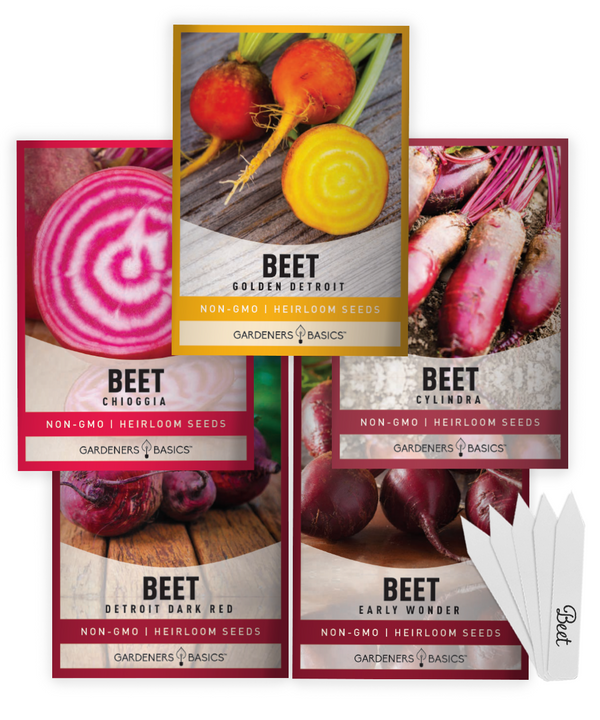
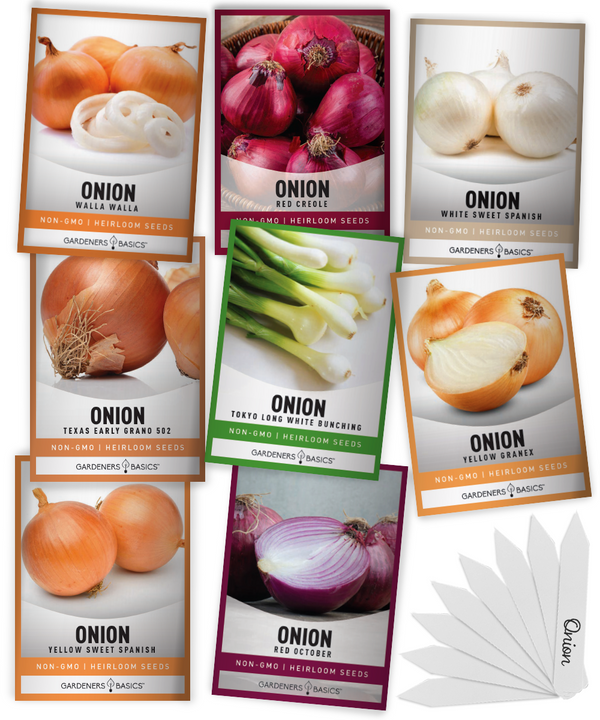
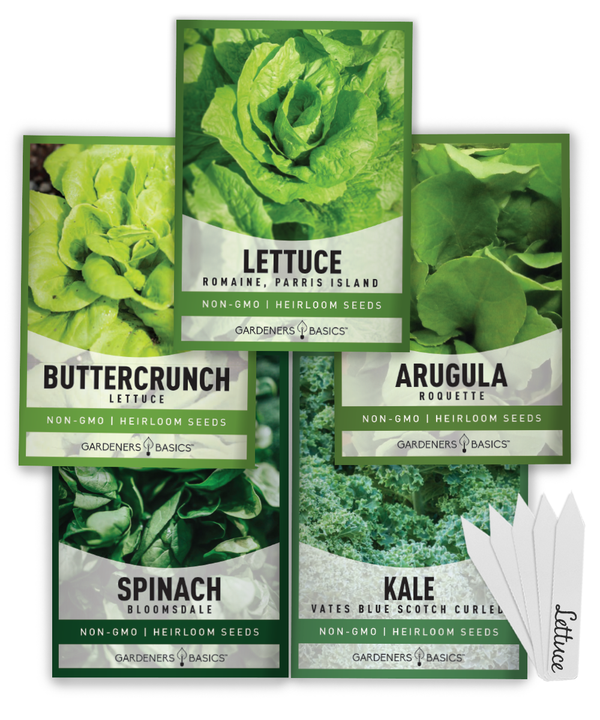
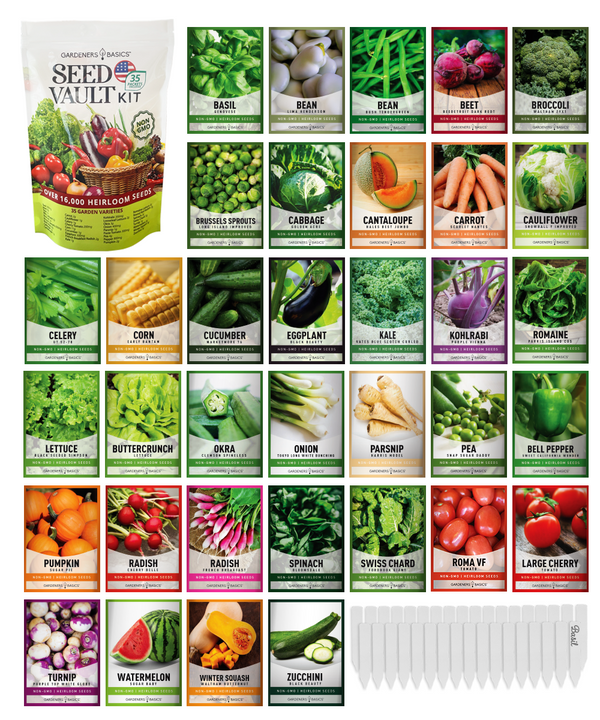
 FAQ: Best Beet Companion Plants
FAQ: Best Beet Companion Plants


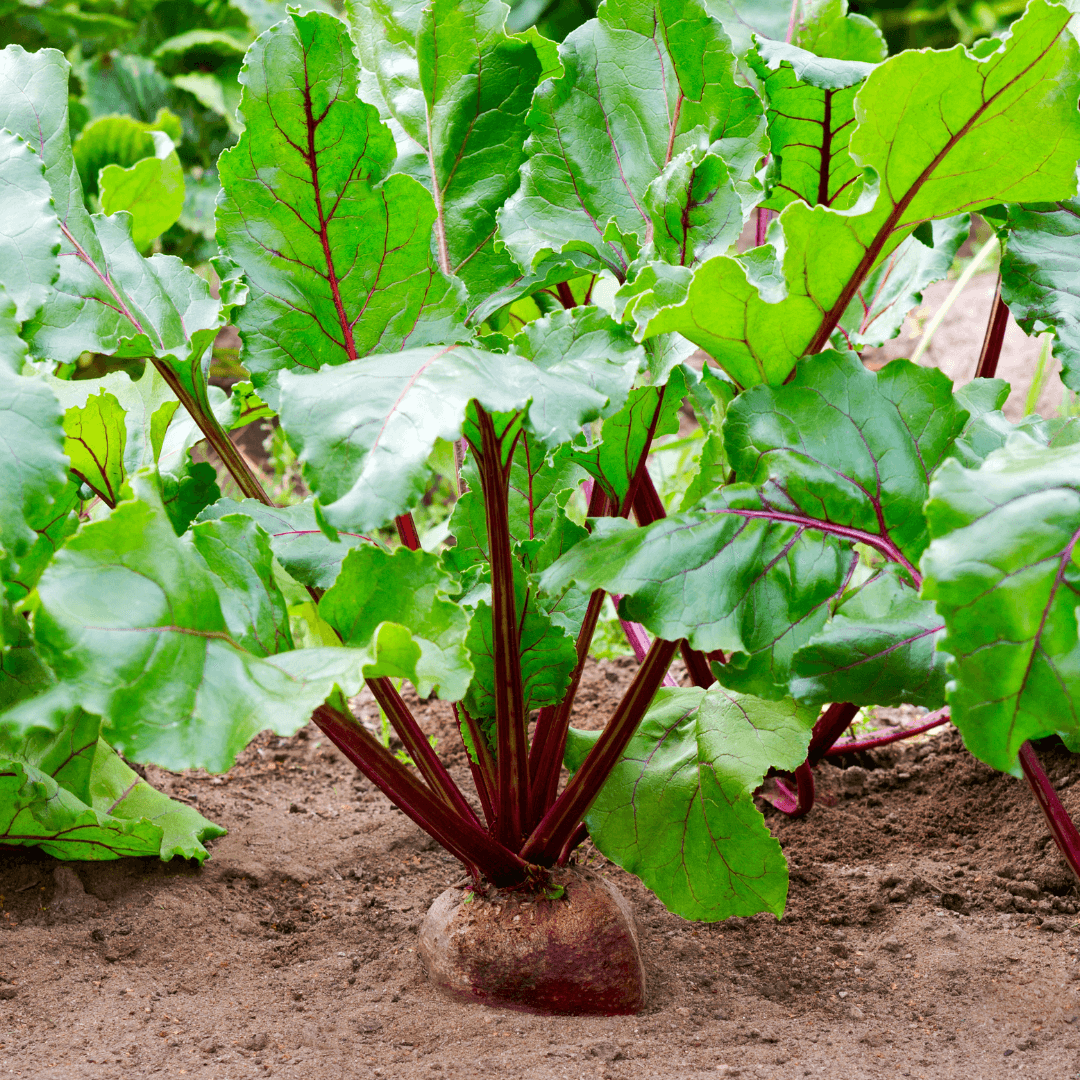

 FAQ: Best Beet Companion Plants
FAQ: Best Beet Companion Plants